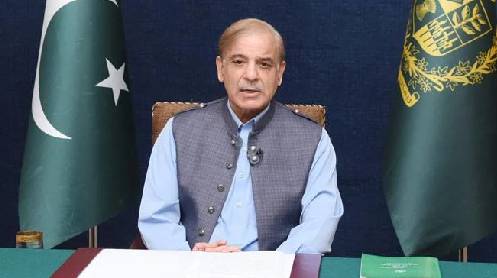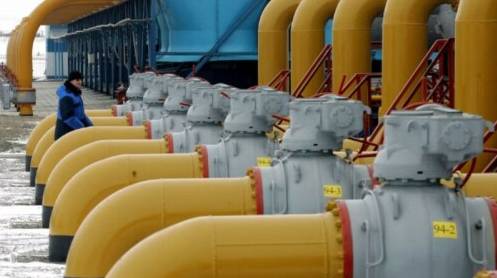BEIJING: Luckily, Pakistan has a huge potential for solar energy development with its geographical and climatic conditions. The sunlight is adequate and its distribution is even. The suitable illumination is 300 days per year and 8-9 hours per day. The potential of solar power generation amounts to 2.9 million MW.
The government of Pakistan attaches great importance to the development and utilisation of renewable energy, and has formulated the Alternative and Renewable Energy Policy 2020, according to which the renewable energy power generation will increase from the current 5% to 20% by 2025, and further increase to 30% by 2030.
These views were expressed by Cheng Xizhong, Visiting Professor at Southwest University of Political Science and Law and Senior Fellow of the Charhar Institute in his article published by CEN on Monday.
He said, new energy generally refers to renewable energy developed and utilised on the basis of new technologies, including solar energy, biomass energy, wind energy, geothermal energy, wave energy, ocean current energy and tidal energy, as well as the thermal cycle between the ocean surface and deep layers. In addition, there are hydrogen energy, biogas, alcohol, methanol, etc.
In his opinion, among all these renewables, solar energy technology is the most mature and has been widely developed and utilised by countries all over the world.
Moreover, solar energy is inexhaustible and has great development potential. Therefore, we should put the development and utilisation of solar energy as the top priority.
The relationship between China and Pakistan is very close. China has world-leading technology in the field of renewables, especially solar energy. Chinese technology can be transferred to Pakistan without any reservation and Chinese enterprises are very interested in large-scale investment in Pakistan. Therefore, Pakistan should make full use of this advantage and carry out close and extensive cooperation with relevant Chinese enterprises.
He said recently, China and Pakistan have jointly built many large-scale energy projects under the China-Pakistan Economic Corridor, which has fundamentally alleviated the power shortage in Pakistan.
However, because of economic development, increase in population explosion and cost of power generation due to oil import, Pakistan is still thousands of megawatts (MW) away from meeting domestic demands, and some remote areas have yet to be electrified.





